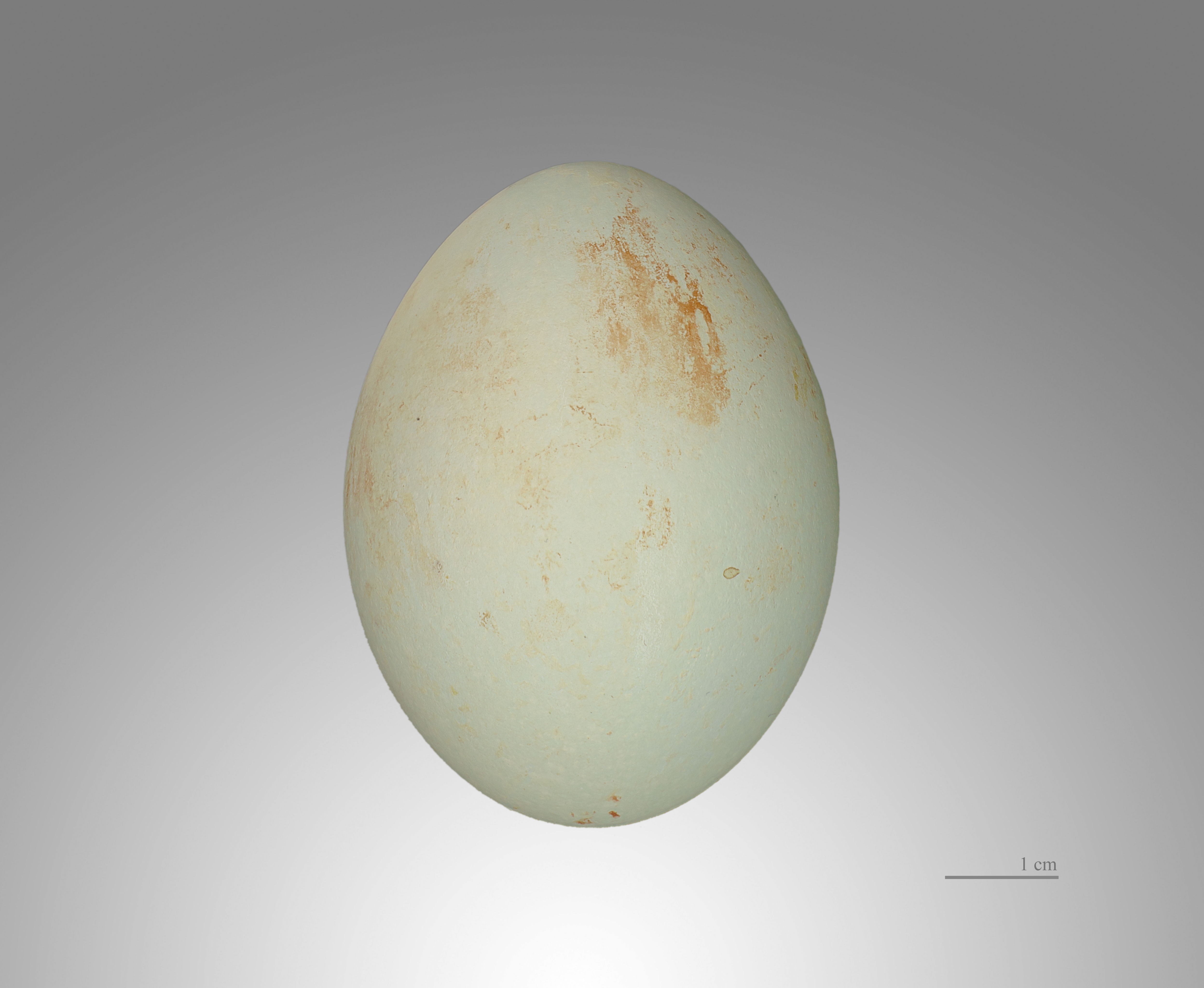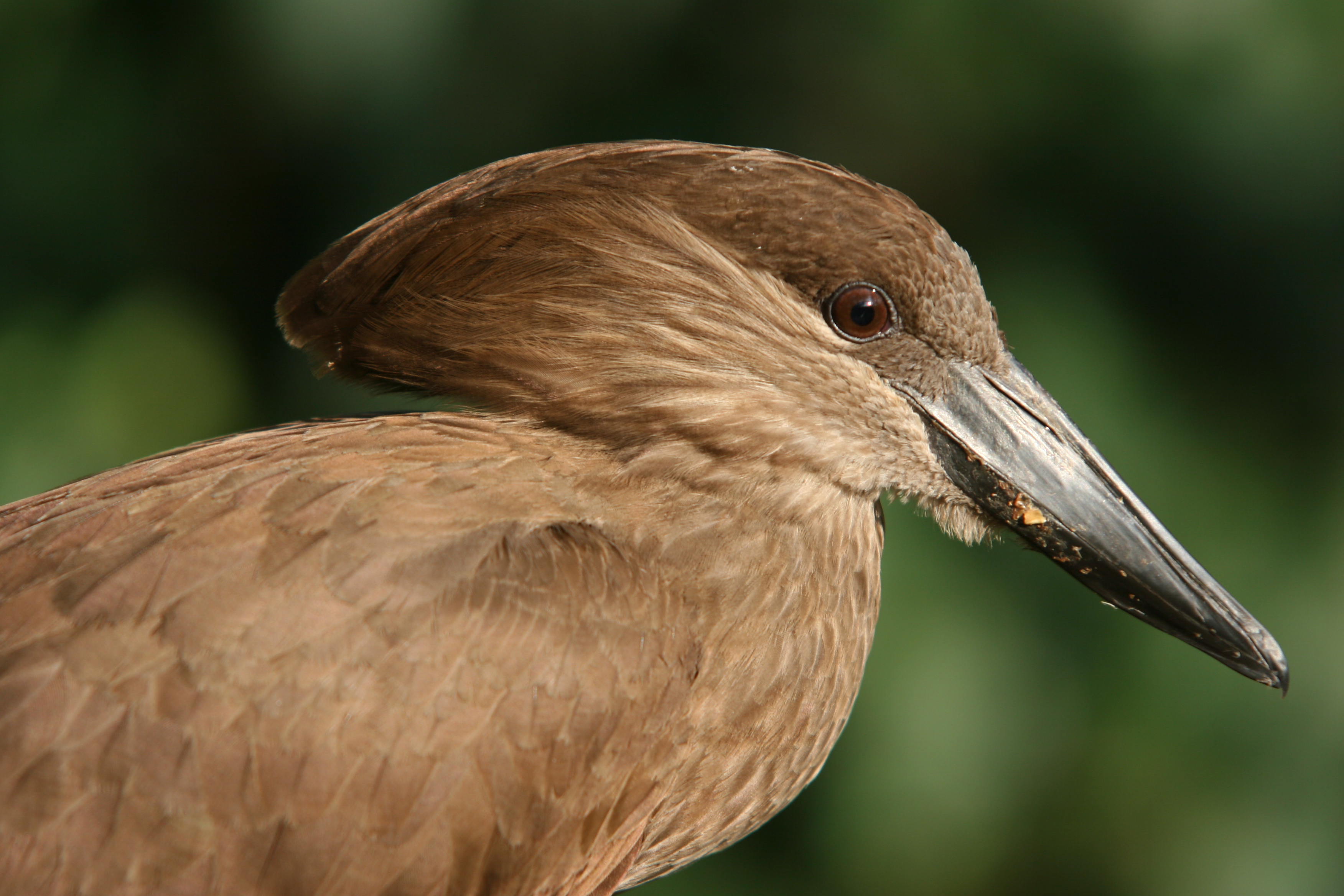|
Murchison Falls National Park
Murchison Falls National Park (MFNP) is a national park in Uganda and managed by the Ugandan Wildlife Authority. It is in north-western Uganda, spreading inland from the shores of Lake Albert (Africa), Lake Albert, around the Victoria Nile, up to the Karuma Falls. Together with the adjacent Bugungu Wildlife Reserve and the Karuma Wildlife Reserve, the park forms the Murchison Falls Conservation Area (MFCA). As of 2022, the East African Crude Oil Pipeline being built includes the construction of 10 oil well pads, a feeder pipeline, and a refinery in and around the Murchison Falls national park. Location The park straddles the Districts of Uganda, Ugandan districts of Buliisa District, Buliisa, Nwoya District, Nwoya, Kiryandongo District, Kiryandongo, and Masindi District, Masindi. The driving distance from Masindi, the nearest large town, to the Kibanda area of the national park is about . This area is about , by road, north-west of Kampala, the capital and largest city of Ugan ... [...More Info...] [...Related Items...] OR: [Wikipedia] [Google] [Baidu] |
Murchison Falls
Murchison Falls, also known as Kabalega Falls, is a waterfall at the apex of Lake Albert on the Victoria Nile in Uganda. At the top of Murchison Falls, the Nile forces its way through a gap in the rocks, only wide, and tumbles , before flowing westward into Lake Albert. The outlet of Lake Victoria sends around 300 cubic meters per second (11,000 ft³/s) of water over the falls, squeezed into a gorge less than wide. Some historians believe that a party of Roman legionaries dispatched by Nero may have reached the Murchison Falls in 61 AD, but there is major controversy about the feasibility of what would have been a very difficult achievement. Samuel Baker and Florence Baker were the first Europeans who definitely sighted them. Baker named them after Roderick Murchison, the President of the Royal Geographical Society. The falls lend their name to the surrounding Murchison Falls National Park. During the regime of Idi Amin in the 1970s, the name was changed to Kabalega F ... [...More Info...] [...Related Items...] OR: [Wikipedia] [Google] [Baidu] |
John Speke
Captain John Hanning Speke (4 May 1827 – 15 September 1864) was an English explorer and officer in the British Indian Army who made three exploratory expeditions to Africa. He is most associated with the search for the source of the Nile and was the first European to reach Lake Victoria (known to locals as ''Nam Lolwe'' in Dholuo and ''Nnalubaale'' or ''Ukerewe'' in Luganda). Speke is also known for propounding the Hamitic hypothesis in 1863, in which he supposed that the Tutsi ethnic group were descendants of the biblical figure Ham, and had lighter skin and more Hamitic features than the Bantu Hutu over whom they ruled. Life Speke was born on 4 May 1827 at Orleigh Court, Buckland Brewer, near Bideford, North Devon. In 1844 he was commissioned into the British Army and posted to British India, where he served in the 46th Bengal Native Infantry under Sir Hugh Gough during the Punjab campaign and under Sir Colin Campbell during the First Anglo-Sikh War. He was promoted l ... [...More Info...] [...Related Items...] OR: [Wikipedia] [Google] [Baidu] |
White-thighed Hornbill
The white-thighed hornbill (''Bycanistes albotibialis'') is a species of hornbill. It is found in Angola, Benin, Cameroon, Central African Republic, Republic of the Congo, Democratic Republic of the Congo, Equatorial Guinea, Gabon, Nigeria, Sudan, and Uganda. It is sometimes considered to be a subspecies of the brown-cheeked hornbill The brown-cheeked hornbill (''Bycanistes cylindricus'') is a species of hornbill in the family Bucerotidae. It is found in Ivory Coast, Ghana, Guinea, Liberia, Sierra Leone, and Togo. Its natural habitats are tropical and subtropical moist broadl .... References white-thighed hornbill Birds of Central Africa white-thighed hornbill Taxonomy articles created by Polbot {{Coraciiformes-stub ... [...More Info...] [...Related Items...] OR: [Wikipedia] [Google] [Baidu] |
Goliath Heron
The Goliath heron (''Ardea goliath''), also known as the giant heron, is a very large wading bird of the heron family, Ardeidae. It is found in sub-Saharan Africa, with smaller, declining numbers in Southwest and South Asia. Description This is the world's largest living heron (the extinct Bennu heron was larger). The height of the goliath heron is , the wingspan is and the weight is . The tarsus measures from and the wing chord averages around in length. The culmen measures from , while the bill from the gape measures around . In flight it has a slow and rather ponderous look and, unlike some other herons, its legs are not held horizontally. Male and female look similar, with an overall covering of slate gray and chestnut feathers. The head and its bushy crest, face, back and sides of the neck are chestnut. The chin, throat, foreneck and upper breast are white, with black streaks across the foreneck and upper breast. The lower breast and belly are buff with black streaks. ... [...More Info...] [...Related Items...] OR: [Wikipedia] [Google] [Baidu] |
Dwarf Kingfisher
''This article discusses the African dwarf kingfisher, which is distinct from the Oriental dwarf kingfisher.'' The African dwarf kingfisher (''Ispidina lecontei'') is a species of kingfisher in the Alcedininae subfamily. Taxonomy The African dwarf kingfisher was described in 1856 by the American ornithologist John Cassin from a specimen collected by Paul Du Chaillu. Cassin introduced the current binomial name ''Ispidina lecontei''. The specific epithet was chosen in honour of the entomologist John Lawrence LeConte. There are two subspecies: * ''I. l. ruficeps'' Hartlaub, 1857 – Sierra Leone to Ghana, west of the Dahomey gap in the rainforest. * ''I. l. lecontei'' Cassin, 1856 – south Nigeria to west South Sudan, Uganda and central Democratic Republic of the Congo; central Angola. Description This is the world's smallest kingfisher with a length of and a weight of . Distribution It inhabits African rainforests and is found in Angola, Cameroon, Central African Republic, R ... [...More Info...] [...Related Items...] OR: [Wikipedia] [Google] [Baidu] |
Shoe-billed Stork
The shoebill (''Balaeniceps rex'') also known as the whalebill, whale-headed stork or shoe-billed stork, is a very large long-legged wading bird. It derives its name from its enormous shoe-shaped bill. It has a somewhat stork-like overall form and has previously been classified with the storks in the order Ciconiiformes based on this morphology. However, genetic evidence places it with pelicans and herons in the Pelecaniformes. The adult is mainly grey while the juveniles are more brown. It lives in tropical East Africa in large swamps from South Sudan to Zambia. Taxonomy The shoebill may have been known to Ancient Egyptians but was not classified until the 19th century, after skins and eventually live specimens were brought to Europe. John Gould very briefly described it in 1850 from the skin of a specimen collected on the upper White Nile by the English traveller Mansfield Parkyns. Gould provided a more detailed description in the following year. He placed the species in it ... [...More Info...] [...Related Items...] OR: [Wikipedia] [Google] [Baidu] |
Nile Crocodile
The Nile crocodile (''Crocodylus niloticus'') is a large crocodilian native to freshwater habitats in Africa, where it is present in 26 countries. It is widely distributed throughout sub-Saharan Africa, occurring mostly in the central, eastern, and southern regions of the continent, and lives in different types of aquatic environments such as lakes, rivers, swamps, and marshlands. In West Africa, it occurs along with two other crocodilians. Although capable of living in saline environments, this species is rarely found in saltwater, but occasionally inhabits deltas and brackish lakes. The range of this species once stretched northward throughout the Nile, as far north as the Nile Delta. On average, the adult male Nile crocodile is between in length and weighs including stomach stones. However, specimens exceeding in length and weighing up to have been recorded. It is the largest freshwater predator in Africa, and may be considered the second-largest extant reptile in the w ... [...More Info...] [...Related Items...] OR: [Wikipedia] [Google] [Baidu] |
The EastAfrican
''The EastAfrican'' is a weekly newspaper published in Kenya by the Nation Media Group, which also publishes Kenya's national '' Daily Nation''. The ''EastAfrican'' is circulated in Kenya and the other countries of the African Great Lakes The African Great Lakes ( sw, Maziwa Makuu; rw, Ibiyaga bigari) are a series of lakes constituting the part of the Rift Valley lakes in and around the East African Rift. They include Lake Victoria, the second-largest fresh water lake in th ... region, including Tanzania, Uganda and Rwanda. It contains stories and in-depth analysis from each country in the region, in addition to international stories. External links The ''EastAfrican'' Newspapers published in Kenya Nation Media Group Publications with year of establishment missing {{kenya-stub ... [...More Info...] [...Related Items...] OR: [Wikipedia] [Google] [Baidu] |
Karuma Power Station
The Karuma Hydroelectric Power Station is a 600 MW hydroelectric power project under construction in Uganda. When completed, it will be the largest power-generating installation in the country. Location The power station is located on the Victoria Nile, at the former location of the Karuma Falls. This location is approximately upstream of where the Masindi-Gulu Highway crosses the Nile. By road, it is approximately northeast of Masindi and south of Gulu. The geographical coordinates of Karuma Hydroelectric Power Station are:02°14'51.0"N, 32°16'05.0"E (Latitude:2.247500; Longitude:32.268056). The electrical-mechanical installations of the power station are located approximately underground, with of underground access roads, making Karuma, the 14th largest underground power station in the world. History As far back as 1995, the government of Uganda planned to construct a hydropower station at the site of the Karuma Falls. Initially, Norpak, a Norwegian energy company, ... [...More Info...] [...Related Items...] OR: [Wikipedia] [Google] [Baidu] |
Nile
The Nile, , Bohairic , lg, Kiira , Nobiin language, Nobiin: Áman Dawū is a major north-flowing river in northeastern Africa. It flows into the Mediterranean Sea. The Nile is the longest river in Africa and has historically been considered the List of rivers by length, longest river in the world, though this has been contested by research suggesting that the Amazon River is slightly longer.Amazon Longer Than Nile River, Scientists Say Of the world's major rivers, the Nile is one of the smallest, as measured by annual flow in cubic metres of water. About long, its drainage basin covers eleven countries: the Democratic Republic of the Congo, Tanzania, Burundi, Rwanda, Uganda, Kenya, Ethiopia, Erit ... [...More Info...] [...Related Items...] OR: [Wikipedia] [Google] [Baidu] |
African Trypanosomiasis
African trypanosomiasis, also known as African sleeping sickness or simply sleeping sickness, is an insect-borne parasitic infection of humans and other animals. It is caused by the species ''Trypanosoma brucei''. Humans are infected by two types, ''Trypanosoma brucei gambiense'' (TbG) and '' Trypanosoma brucei rhodesiense'' (TbR). TbG causes over 98% of reported cases. Both are usually transmitted by the bite of an infected tsetse fly and are most common in rural areas. Initially, the first stage of the disease is characterized by fevers, headaches, itchiness, and joint pains, beginning one to three weeks after the bite. Weeks to months later, the second stage begins with confusion, poor coordination, numbness, and trouble sleeping. Diagnosis is by finding the parasite in a blood smear or in the fluid of a lymph node. A lumbar puncture is often needed to tell the difference between first- and second-stage disease. If the disease is not treated quickly it can lead to death. P ... [...More Info...] [...Related Items...] OR: [Wikipedia] [Google] [Baidu] |





